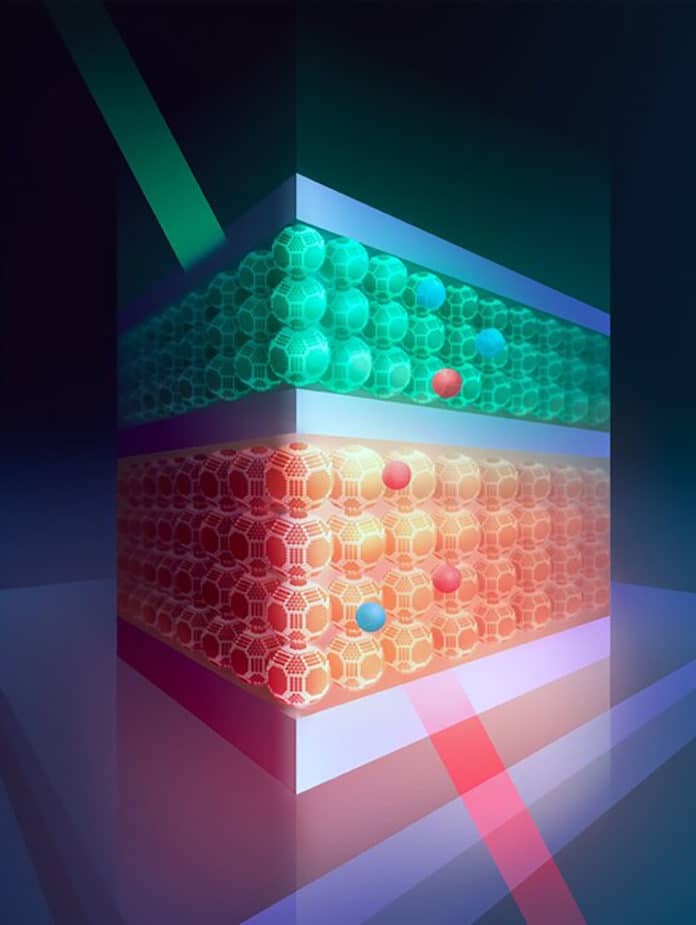Upconversion photodetectors play a vital role in infrared detection and imaging. They do not require complicated integrated circuit systems. Although most upconversion devices have low conversion efficiencies and expensive manufacturing process.
Scientists in a new study, have designed and fabricated a highly efficient upconversion photodetector by a simple solution process, which is compatible with flexible device structures.
Using quantum dots (QDs), scientists at the ShanghaiTech University, the University of Toronto, and the Chinese Academy of Sciences have devised new solution-processed upconversion photodetectors. These photodetectors can detect or respond to light.
This newly developed device has two key components: an infrared photodetector and a visible light-emitting diode (LED). It absorbs infrared light and produces a photocurrent, which can be utilized to control the LED light. Through this procedure, the scientists converted the infrared light into a visible light signal.
Zhijun Ning, one of the researchers who carried out the study, said, “A unique characteristic of our device is that we introduced Ag nanoparticles into the electron transporting layers, which enable electron tunneling under illumination, generating high gain and high efficiency. Compared to previously reported upconversion devices, this device shows the highest efficiency at low voltage among all upconversion devices with the same device structure.”
The device has an infrared absorption layer containing colloidal lead sulfide quantum dots. On the other hand, its light emission layer is composed of cadmium selenide/zinc selenide quantum dots.
This unique combination enables a higher photon-to-photon conversion efficiency of 6.5% and a low turn-on voltage (2.5 V). What’s more, it presents a remarkably low dark current, a high detectivity, and short response time.
Scientists also demonstrated the potential of the device for in vitro infrared imaging and bio-imaging of human tissue, to detect cancerous areas.
Ning noted, “In the future, however, their device could have a variety of other applications, for instance, in the development of new wearable technology that can monitor the health of human users over time.”
Scientists, in further studies aiming to improve the conversion efficiency and stability of our device further, especially for flexible devices.
Journal Reference:
- Solution-processed upconversion photodetectors based on quantum dots. DOI: 10.1038/s41928-020-0388-x
